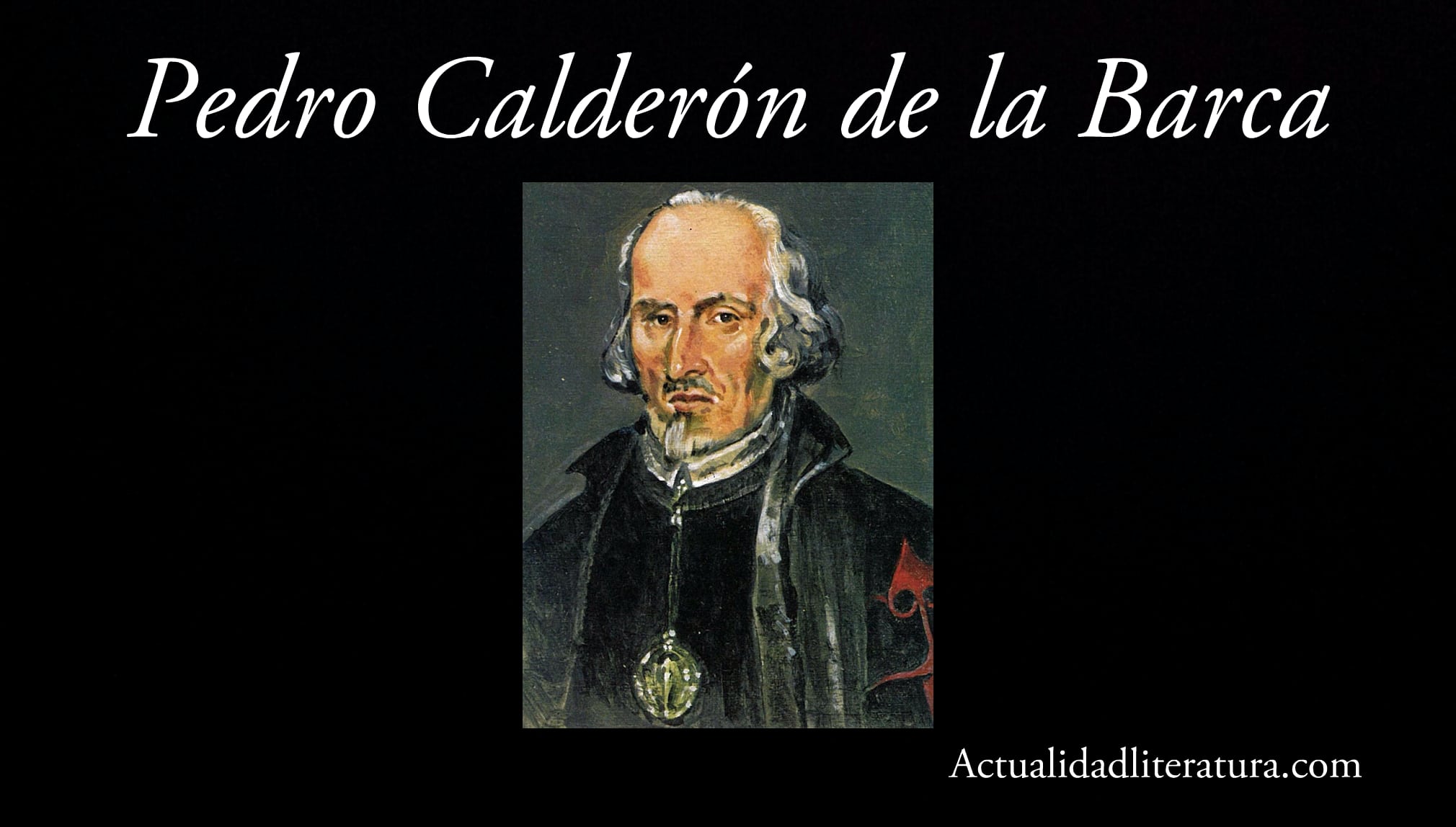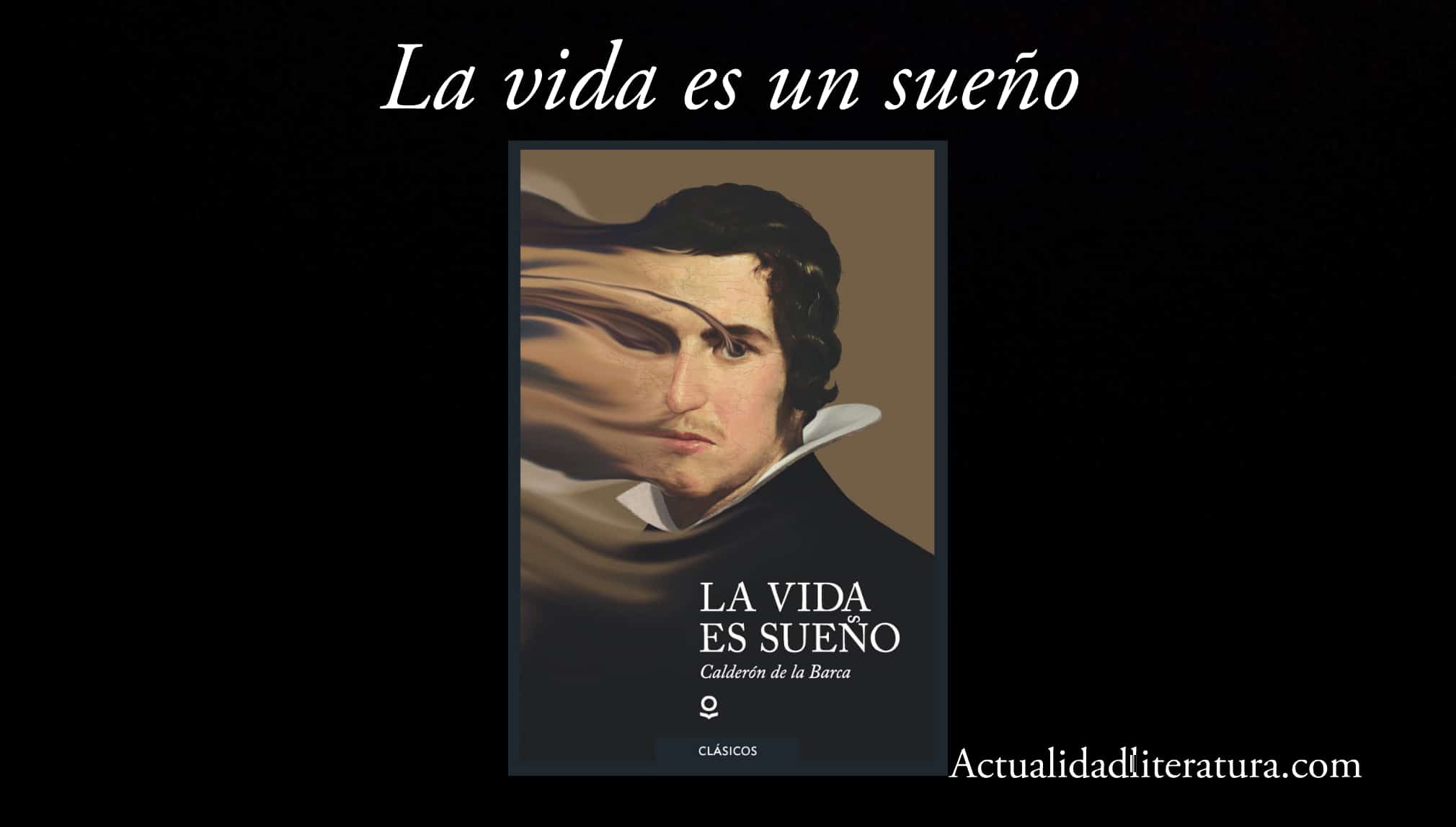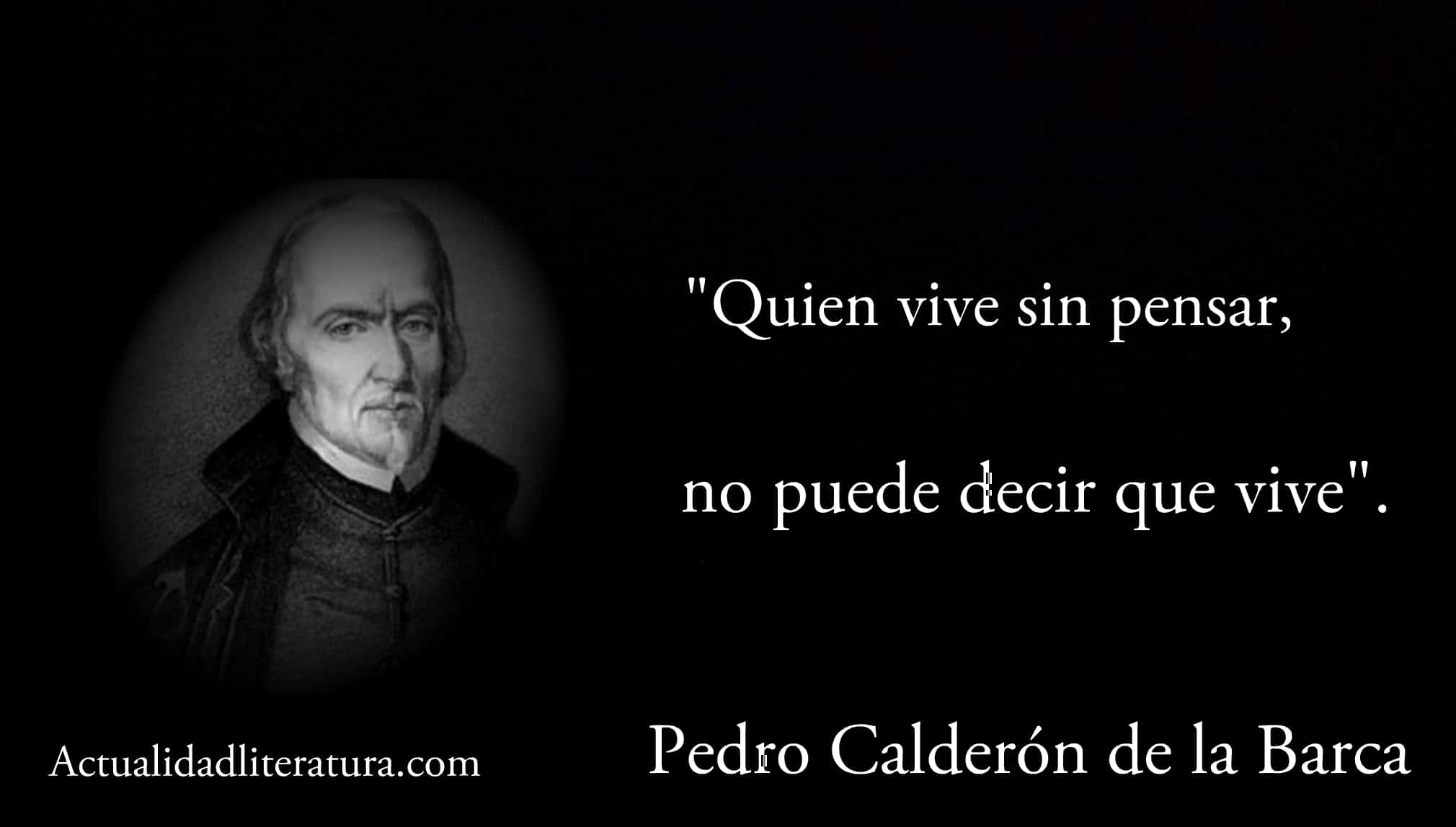
Pedro Calderón de la Barca.
Life is a Dream It is considered the most representative piece of the Calderonian theater. This work was premiered in Madrid in 1635. During that time, the stagings in the Spanish capital took place in open rectangular courtyards (15 - 17 meters wide and 30 - 40 meters long), surrounded by houses with balconies.
Similarly, this work is a classic example of baroque dramaturgy, dominated by philosophical themes and deliberations about life. In addition, in these types of representations the scenography reflected the contrast of antagonistic thoughts, as well as the prevalence of civilization over savagery (ignorance).
About the author, Pedro Calderón de la Barca
His full name is Pedro Calderon de la Barca and Barreda González de Henao Ruiz de Blasco y Riaño. He saw light for the first time in Madrid, on January 17, 1600. He was the third of six children (two died at a young age) of the marriage between Diego Calderón and Ana María de Henao , both of noble family. He studied letters, theology, Latin and Greek at the Imperial College of the Jesuits in Madrid.
At the age of 14, he was enrolled at the University of Alcalá, but had to abandon his studies due to family problems. Later, He was able to resume his educational training at the University of Salamanca, where he obtained his bachelor's degree in Canon Law and Civil (1619). In 1621, he entered military service to shovel family debts and help his brothers.
Military, clergyman and playwright
Although some sources point to The confusing jungle (1622) as his first datable piece, the comedy Love, honor and power (1623) was the title that made him known. Since then, he was able to combine his military career with his dramatic creation. In fact, he was named Knight of the Order of Santiago and was recognized for his work as a soldier in Fuenterrabía (1638) and Catalonia (1640).
As well, He was ordained as a priest (1651), clergyman of Reyes Nuevos de Toledo (1653) and honorary chaplain of the king (1663). Also - thanks to his varied, rich and prolific artistic creation - during the 1640s he became the most respected playwright of his time.
His work, in a nutshell
Some sources like Ruiza et. al (2004) from the portal Biographies and Lives, affirm that Pedro Calderón de la Barca made a count of his creations shortly before his death (May 1681). His work includes "one hundred and ten comedies and eighty autos sacramentales, praises, hors d'oeuvres and other minor works.
Characteristics of the Calderonian theater
La Calderonian theatrical composition it has been located within the baroque period. It is characterized by an impressive degree of technical perfection, as well as a sober style, with a reduced number of characters and a clear plot axis around the protagonist. The torn Sigismund of Life is a Dream is probably the most universal among all its main characters.
Summary of Life is a Dream

Life is a Dream.
You can buy the book here: Life is a Dream
This work represents an adaptation to Christianity of the Buddhist precept of the sleeper awake. However, the moral undoubtedly reflects a Christian dogma: the ephemerality of earthly life —Just a transitory dream— compared to life in the afterlife.
These themes are presented with a masterful mix of serious philosophy and humor by Calderón de la Barca. Additionally, during the representation some characters appear in different disguises with the aim of increasing the spectator's uncertainty about which events are real and which are ethereal.
The prisoner
Basilio, monarch of Poland, receives through a horoscope the omen that his son Sigismund will become a tyrant. For this reason, he locks him in the dungeon of a tower. There, the crown prince curses his luck while in chains, claiming that he has not committed any crime. For this reason, he is full of rancor and wishes to assassinate two alleged spies who have approached him.
In reality they are not spies, they are the Muscovite Rosaura — in a man's disguise — and Clarín, her servant. Those who have reached the countryside on foot because the woman's horse has mysteriously escaped. Later, Sigismund feels compassion for Rosaura and accepts her request for mercy.
The guard
Clotaldo, the tower guard, breaks in to punish the outsiders because any contact with the prisoner is punishable by death. But the vigilante hesitates to execute the royal mandate when Rosaura shows him a sword related to Clotaldo's own past. Well, he gave it to his lover Violette with the promise of recognizing her son in the bearer of the sword.
Upset by the possibility of killing his own son (Rosaura, a transvestite), Clotaldo takes the prisoners before the king to ask mercy for them. Meanwhile, the king is happy for the arrival of his nephews Astolfo (Duke of Moscovia) and Estrella to complete his succession plans. The latter is very suspicious of a medallion that the duke carries with the image of a woman.
The proof
In the moment of truth, King Basilio soon revealed to the newcomers and to the court the existence of a natural son. Equally, the monarch doubts the initial prediction about the tyrannical character of his descendant. Therefore, he decides to do an experiment before the expectation of all his people: put Sigismund to sleep, reveal his true origins and seat him on the throne for a day.
Rosaura's honor
Basilio declares that contact with Sigismund is no longer punished. At that moment, Clotaldo wants to reveal himself as the father of the sword bearer, but Rosaura (still in disguise) says that he has come to meet Astolfo to avenge his honor. Then, Rosaura reveals that she is a woman and walks away with her servant. Then — already changed her clothes — she pretends to be Clotaldo's niece.
Monarch for a day
A sleepy Sigismund is led into the royal bedroom and dressed in the garb of a monarch. When he wakes up he is very disoriented and barely recognizes the guardian of the tower he wishes to assassinate him. Later, the crown prince treats the servants very rudely (he even throws one out the window) and Astolfo.
The king learns of the irascible behavior of his son, consequently, he is a prisoner of despair because he refuses to accept the prophecies about his heir. Anyway, When Basilio tries to embrace Sigismund, he rejects him while claiming his irrefutable right to rule. At that moment, Basilio tells him that maybe "it's just a dream."
Back to the tower
Sigismund is dazzled by Rosaura's beauty and tries to seduce her with flattering phrases. Although when she rejects him, the prince sends all the servants of the place out to take her by force. The abuse is ultimately stopped by Clotaldo and a fight ensues that even Astolfo cannot stop. Only the king manages to end the contest.
Basilio orders his son to be put to sleep again. Once in the tower, Clarín is also put behind bars because he knows too much about the matter. At the same time, Clotaldo explains to Sigismund that his day on the throne was an illusion. From that moment, the prince does not distinguish the dream well from reality, therefore, he understands that he must behave more sensibly.
A disputed throne
Rosaura and Estrella move away from Astolfo when they discover his love tricks due to the portrait (of the first) that hung from the duke's neck. On the other hand, a mob of commoners comes to the tower to free Clarín (they mistakenly believe that he is the king). More, When Sigismund appears, the crowd claims to wish the true successor on the throne and that they are ready to fight for him.

Quote by Pedro Calderon de la Barca.
The crown prince manages to control himself and behave correctly (still without knowing if he is dreaming or not), even, person the life of a resigned Clotaldo. In the meantime, In the Clarín palace he informs Astolfo and Estrella about the events. The population is divided between those who remain loyal to Basilio against those supporters of Sigismund.
The resolution
In the moments of the battle, Rosaura appears on the scene to beg Sigismund to help her kill Astolfo (and thus redeem his honor). Once the fight has started, Clarín dies from a gunshot and Basilio understands that he cannot face his own son. For this reason, he surrenders at your feet. But the prophecy is not fulfilled in the expected way.
Sigismund is not a tyrant, he reaches out to his father and raises him up. Finally, the son is proclaimed as the legitimate successor accepted by the settlers and the court.. In addition, the new king leaves everyone happy: he restores Rosaura's honor by marrying her to Astolfo and he himself asks for Estrella's hand, who accepts it.
Life is a Dream
In the final act, Sigismund describes the reasons for his surprising transformation: he learned to be a fair king through a dream. Therefore, if the earthly existence of the human being is an illusion, he wishes to take advantage of that flicker that is life to act as a just sovereign.
Fragment
"But, be it true or dream,
doing well is what matters.
If it were true, for being it;
if not, to win friends
for when we wake up ”.
An excellent article, it perfectly describes the work that has transcended to our time and that today continues to surprise and delight.
-Gustavo Woltmann.